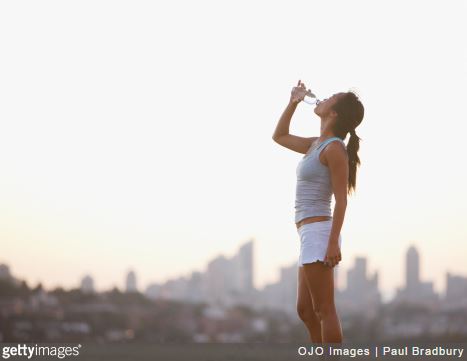
Heatwaves kill far more people than natural disasters like fires, hurricanes, and floods. For travelers and locals alike adequate preparation is essential, especially for those who are not used to extreme heat. The definition of heatwaves varies but is when the temperature is by much higher than normal temperatures. In Australia temperatures during heatwaves are often between 95°F-113°F (35°C- 45°C) for more than three days in a row.
Here is our advice to travelers of what to do before and during a heatwave.
- Stay hydrated by drinking plenty of fluids even if you do not feel thirsty. Avoid drinks with caffeine or alcohol.
- Eat small meals and eat more often.
- Avoid extreme temperature changes.
- Dress in light colors as light-colored clothing reflects heat and sunlight.
- Wear loose-fitting, lightweight, clothing made from natural fibers.
- Slow down, stay indoors and avoid strenuous exercise during the hottest part of the day
- Listen to local media and weather advisories in the case of a prolonged heat wave. Adhere to any official advice.

During heatwaves, many people suffer from heat stress. For travelers who are not used to the heat, it is important to know the symptoms, as you should seek medical help immediately. The symptoms of heat stress include extremely heavy sweating, headache, and vomiting, confusion, swollen tongue.
Heatstroke is caused by a failure of the thermostat in the brain, which regulates the body temperature. If someone has a high fever or has been exposed to heat for a long time, then their body can become dangerously overheated. Heatstroke can develop with very little warning, causing unresponsiveness within minutes of someone feeling unwell. Your priority is to cool them down as quickly as possible and get them to a hospital.
Other symptoms of heatstroke are:
- Headache, dizziness, and discomfort
- Restlessness and confusion
- Hot flushed and dry skin
- A fast deterioration in the level of response
- A full bounding pulse
What should you do if you think someone has heat stroke?
- Quickly move them to a cool place and remove their outer clothing but ensure you maintain their dignity.
- Then call for an ambulance.
- Wrap them in a cold wet sheet and keep pouring cold water over it until their temperature falls to at least 100°F (38°C).
- Once their temperature seems to have gone back to normal, replace the wet sheet with a dry sheet.
